For Whom the Sun Sings
In the land of the blind, the one-eyed man is king. Or so the proverb goes. He might also be a freak, especially if, in the blind land, no one knows what sight is. Then when the man sees the truth, and makes himself its guide, he will be a menace.
W. A. Fulkerson constructs For Whom the Sun Sings on an ingenious premise. He carefully builds a society without sight, working out the idea to consequences both obvious and unexpected.
For example, characters throw out words like snow and blizzard as oaths, and it is easy to dismiss as the sort of swearing an author writes when he doesn’t want to write real swearing. But if you think that, you will think again. When the story vividly brings home how easily the blind are lost, and lost fatally, in a sudden snowstorm, blizzard as a swear word becomes a clever bit of world-building.
Other small touches complete the reality of a world without sight. Fulkerson does not neglect the larger implications of his premise, but the details bring it home.
The novel appears at first to be pitched to a middle-grade audience, with its eleven-year-old protagonist and its skillful but not elaborate style. Then, brief and strong content pushes the novel toward older readers. Two violent episodes are neither extended nor unduly graphic, but are still skin-crawling. In addition, an authority figure “marries” a thirteen-year-old girl—an action that, with one exception, meets with nothing but approval and complacency. This disturbing complaisance realistically reveals the world in which the story occurs. The author trusts his readers to understand the horror without preaching, and to trust him that he understands it, too. But that is a trust for adults.
Other elements are beyond children. The misshapen nature of this small society, slowly elaborated over the course of the story, is best understood by adults. Once they see its core, they will recognize the society of the blind. Its spiritual family haunts the history of the twentieth century. Grown-up content is for a grown-up audience, and an eleven-year-old hero is an obstacle to that. Yet a very young protagonist is necessary to the author’s purpose. The hero’s journey in this novel leads to discovery of the very concepts of see and blind, and slow realization of the falseness that cocoons their lives. This would scarcely have been justifiable in an adult.
There is an obvious religious metaphor in the one seeing person in a society of people who do not know that they are blind. Sometimes the novel openly plays to it, even alluding to Christ’s maxim about the blind leading the blind. Still, the metaphor flows naturally from the story. Religion in a corrupted form is central to the novel, with a society headed by the Prophet and colored with a cultish tinge. True religion is little more than suggested, but is unmistakably suggested.
Subtly at first, and more emphatically as it progresses, this novel is divided between two audiences. One would be reluctant to recommend it to parents, except, perhaps, for themselves. For these readers, For Whom the Sun Sings is a creative tale of unexpected depth.
Best for: Fans of dystopia and The Wingfeather Saga.
Discern: A brutal murder, a cult-like leader mutilates himself and tells others to follow him, adult/teen marriage, domestic violence, child abuse and abandonment.


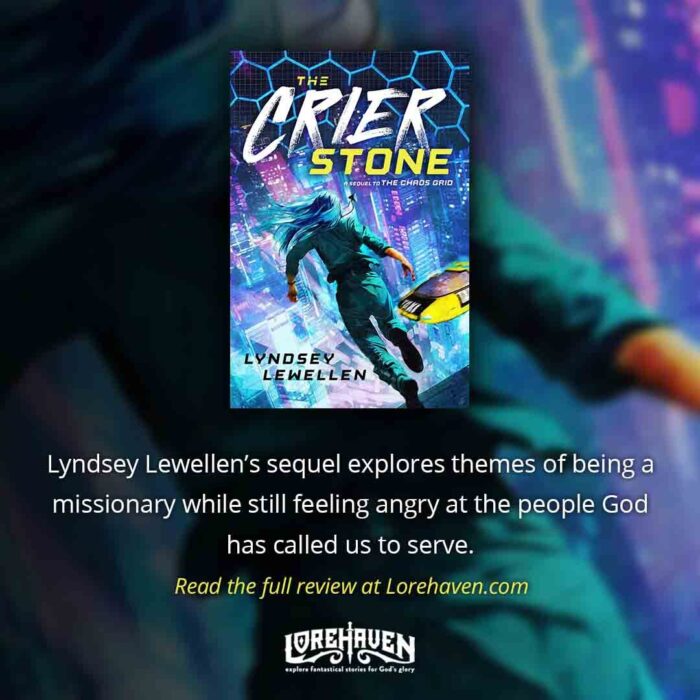
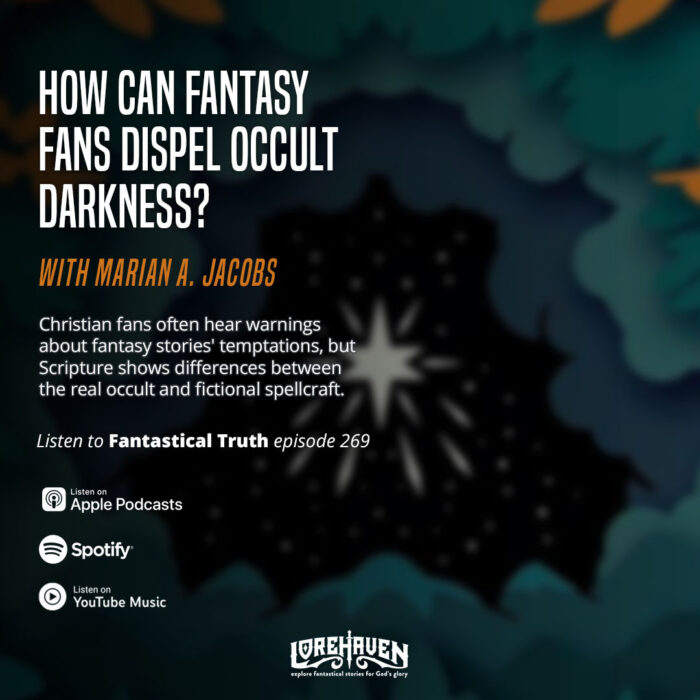
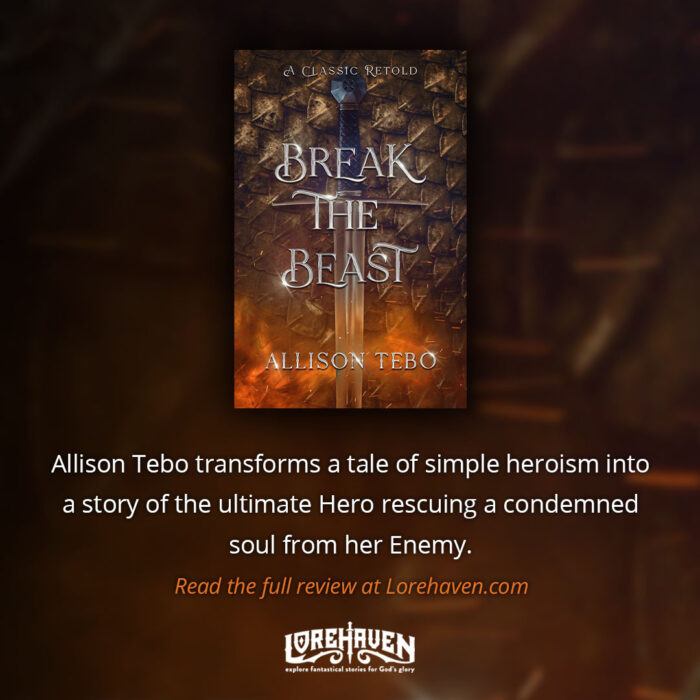
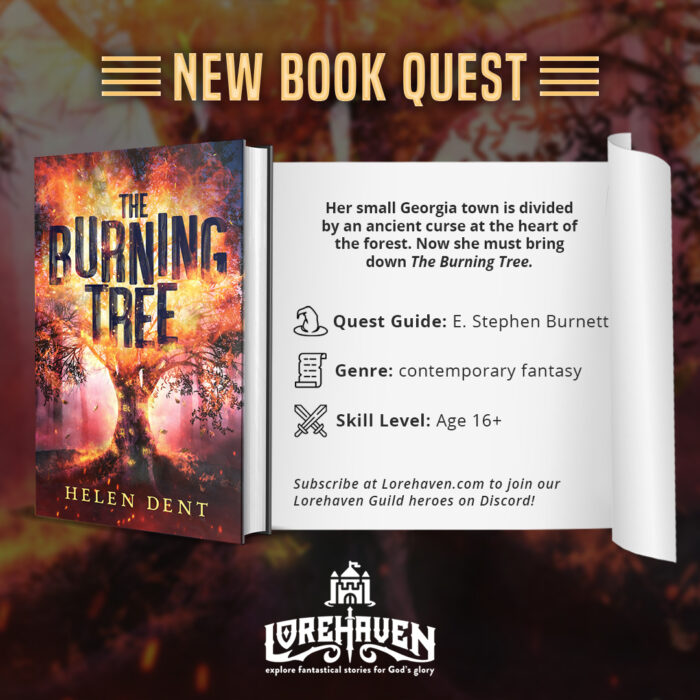
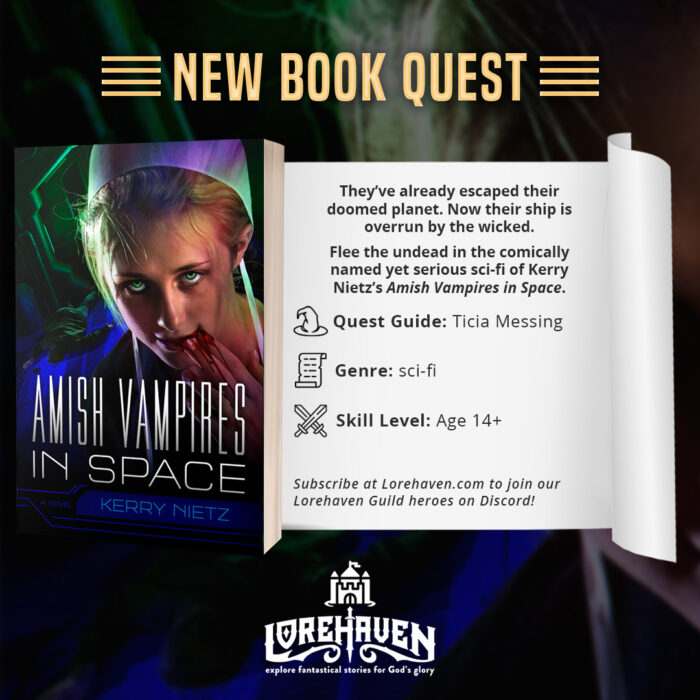

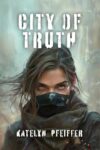

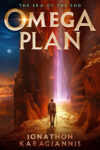
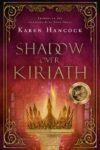
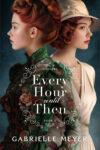
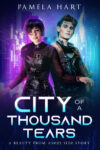
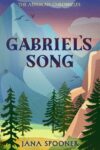
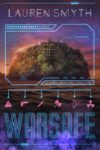
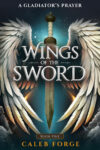
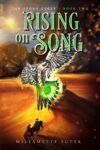
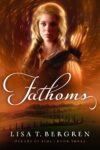

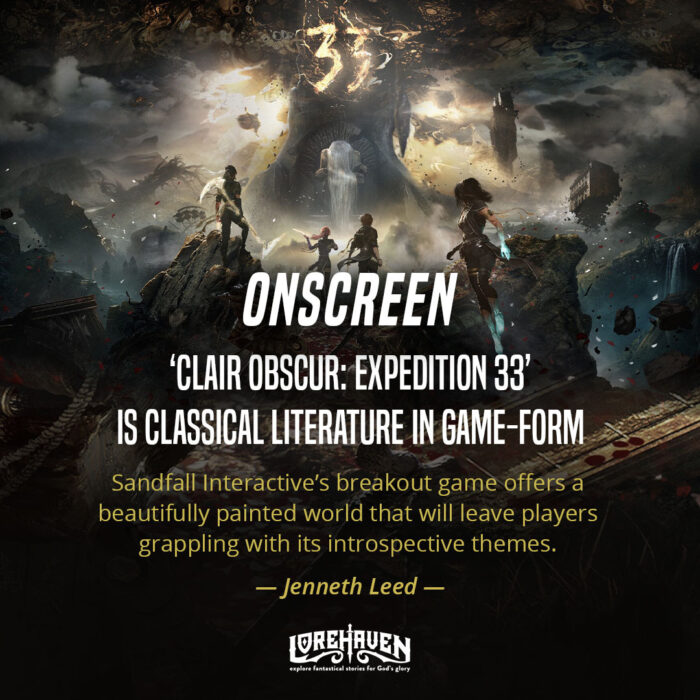

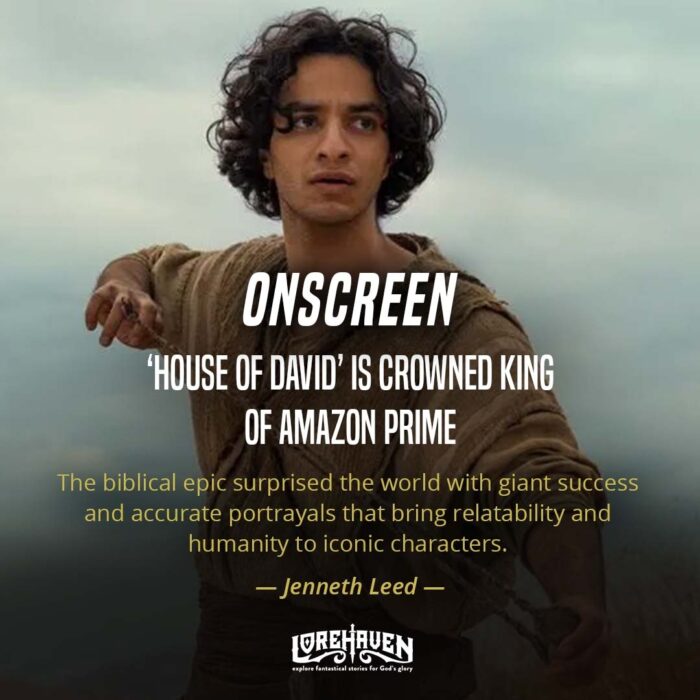
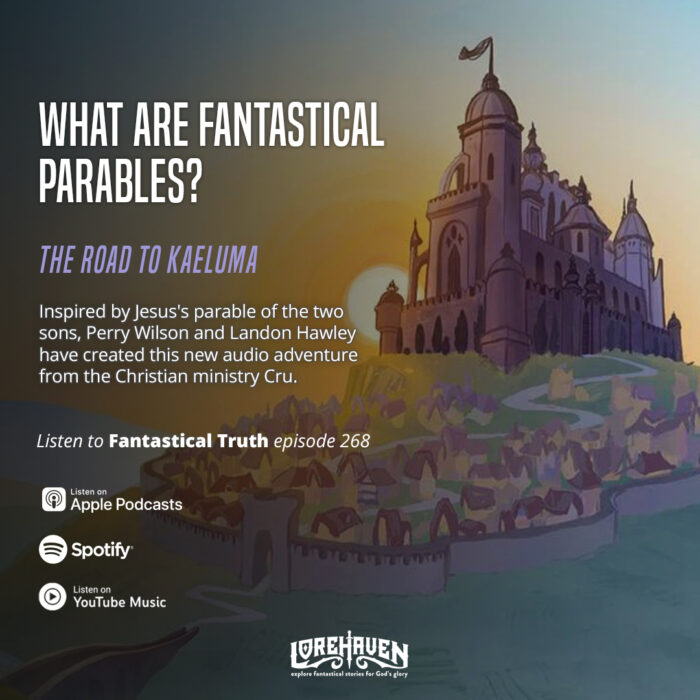
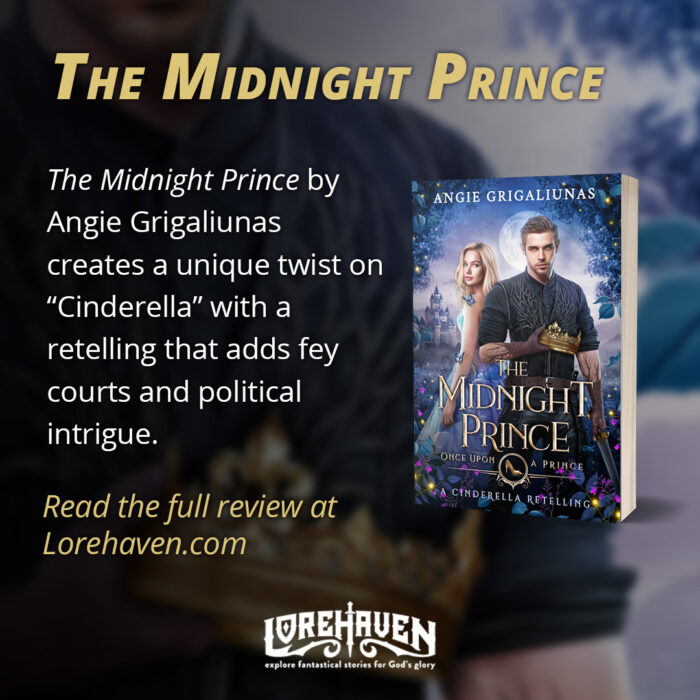
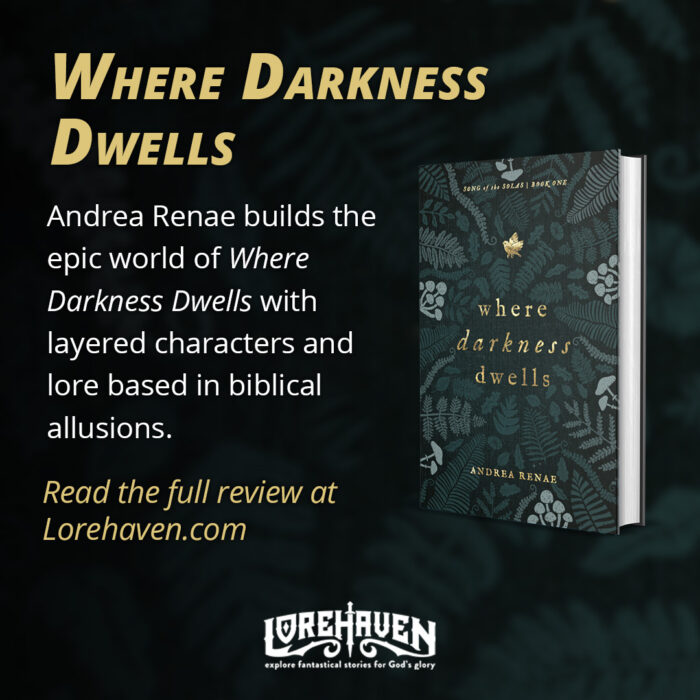
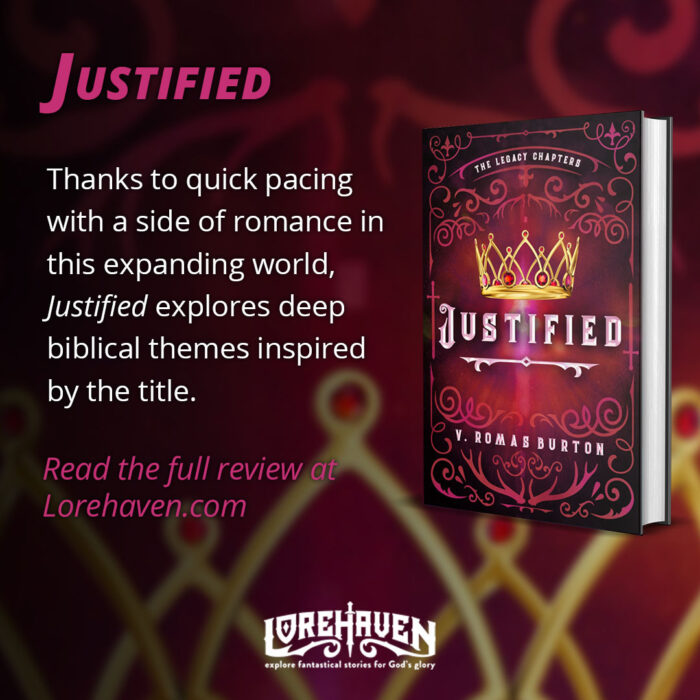
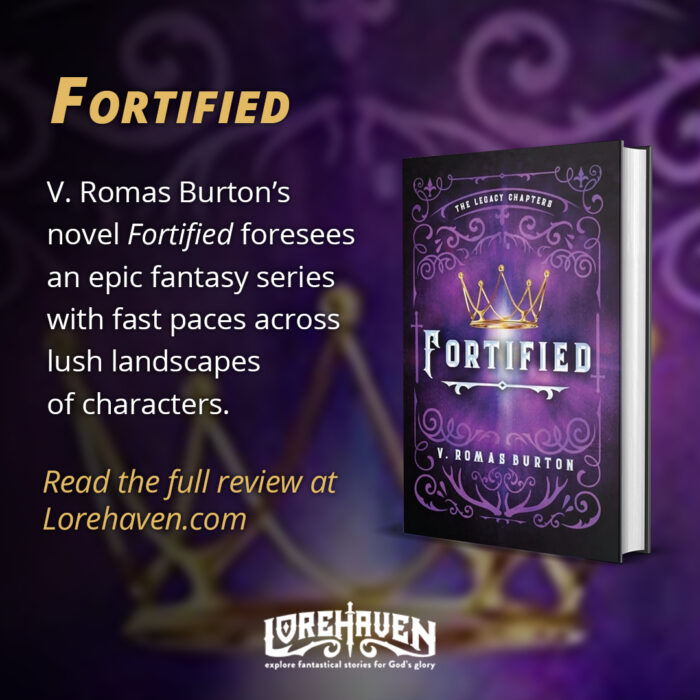
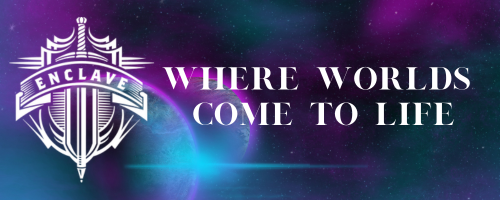
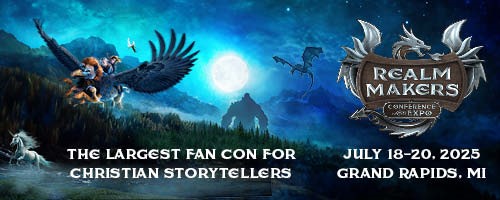
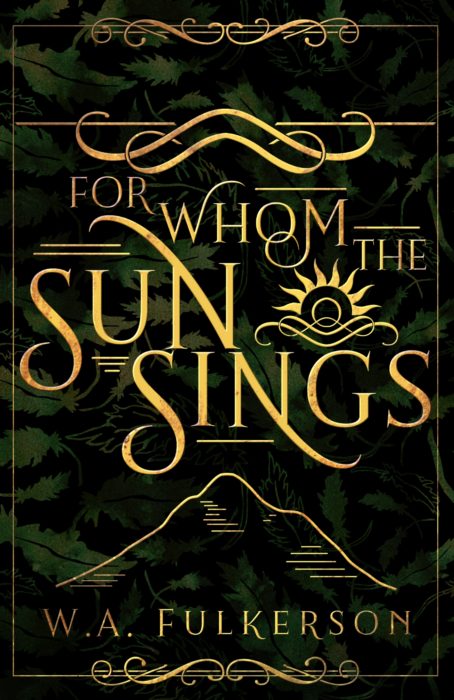


Have you read For Whom the Sun Sings ? Share your own review.